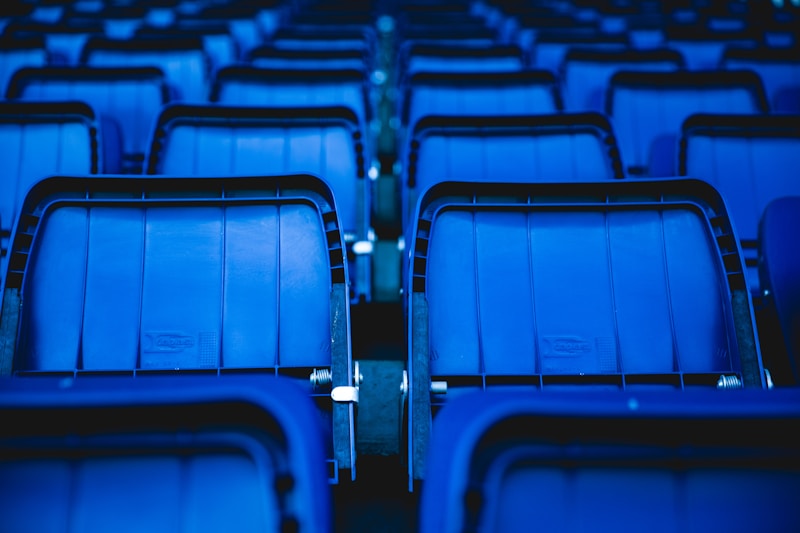16 Questions
Which type of endoplasmic reticulum is studded with ribosomes?
Rough endoplasmic reticulum (RER)
What is the function of smooth endoplasmic reticulum?
Lipid biosynthesis
What is the internal space of the endoplasmic reticulum called?
ER lumen
How are the sacs and tubules of endoplasmic reticulum interconnected?
By a single continuous membrane
Which type of proteins undergo co-translational targeting?
Proteins destined for the endoplasmic reticulum, Golgi, lysosomes, plasma membrane, and secreted proteins
What enables the cellular transport machinery to correctly position proteins inside or outside the cell?
Targeting signals, such as signal sequences or signal peptides
Where are proteins with signal sequences synthesized?
On ribosomes attached to the ER membrane
What recognizes signal peptides in the cytosol?
Signal recognition particles (SRP)
What is believed to open a channel for polypeptide transport into the ER lumen?
The interaction between the signal sequence and the ER membrane
Where do newly synthesized polypeptides in the ER undergo specific proteolytic cleavages?
In the ER
What is carried out by signal peptidase?
Specific proteolytic cleavages
Where are covalently attached carbohydrates added and processed for many secreted and membrane proteins?
In the ER and Golgi Complex
Which organelle is post-translational targeting primarily for?
Mitochondria
What type of proteins undergo post-translational targeting?
Proteins destined for the nucleus, mitochondria, and peroxisomes
What is recognized by signal recognition particles (SRP) in the cytosol?
Signal peptides
Where are lysosomal enzymes related to?
Golgi Complex
Study Notes
Protein Folding and Quality Control in the Endoplasmic Reticulum
- Oligosaccharyl transferases catalyze protein glycosylation in the endoplasmic reticulum (ER)
- Different polypeptides have unique folding pathways determined by their sequences
- Chaperones like BiP and folding proteins like Calnexin and Calreticulin assist in protein folding in the ER
- Disulfide bonds (DBs) play a key role in stabilizing the structure of secretory and membrane proteins
- Properly folded proteins are transported from the ER to the Golgi, while misfolded proteins are degraded in the cytosol
- Proteins can be translocated into the ER cotranslationally or posttranslationally
- Plasma membrane glycoproteins and soluble proteins destined for the ER have specific translocation processes
- ER resident proteins containing KDEL sequences are selectively transported back to the ER from the Golgi
- ER stress, caused by various conditions, leads to proteotoxicity and activates the unfolded protein response (UPR)
- The UPR includes transcriptional induction of chaperones, translational attenuation, ER-associated degradation (ERAD), and apoptosis in severe cases
- ER stress is associated with various pathophysiological conditions like ischemia, diabetes, and neurodegenerative diseases
- The UPR is a self-protective mechanism against ER stress, aiming to restore ER function and prevent cell death
Protein Targeting and Signal Hypothesis
- Protein targeting is essential for correct activity of newly synthesized proteins in both prokaryotes and eukaryotes
- Sorting or translocation of proteins can occur through co-translational or post-translational translocation processes
- Co-translational targeting occurs for proteins destined for the endoplasmic reticulum (ER), Golgi, lysosomes, plasma membrane, and secreted proteins
- Post-translational targeting occurs for proteins destined for the nucleus, mitochondria, and peroxisomes
- Proteins related to the GER include those that are secreted from the cell, lysosomal enzymes, and plasma membrane glycoproteins
- Targeting signals, such as signal sequences or signal peptides, enable the cellular transport machinery to correctly position proteins inside or outside the cell
- Proteins with signal sequences are synthesized on ribosomes attached to the ER membrane
- Signal peptides are recognized by signal recognition particles (SRP) in the cytosol, which then take the ribosome to the ER
- The interaction between the signal sequence and the ER membrane is believed to open a channel for polypeptide transport into the ER lumen
- Newly synthesized polypeptides in the ER undergo specific proteolytic cleavages, addition and processing of carbohydrates, proper folding, and assembly into multimeric proteins
- Specific proteolytic cleavages are carried out by signal peptidase
- Many secreted and membrane proteins contain covalently attached carbohydrates, which are added and processed in the ER and Golgi Complex
Test your knowledge of protein folding, quality control in the endoplasmic reticulum (ER), protein targeting, and the signal hypothesis with this comprehensive quiz. Explore topics such as protein glycosylation, chaperones, disulfide bonds, ER stress, protein translocation, targeting signals, and the cellular transport machinery.
Make Your Own Quizzes and Flashcards
Convert your notes into interactive study material.
Get started for free



